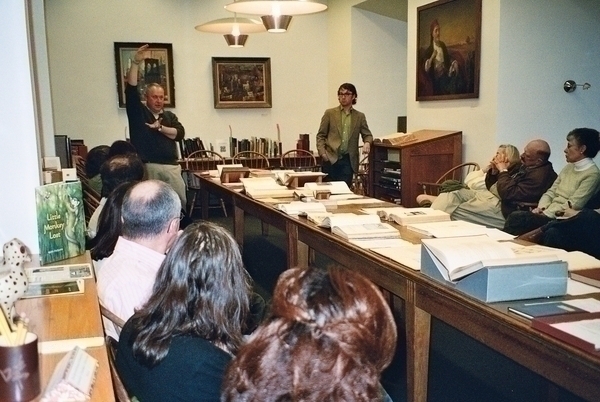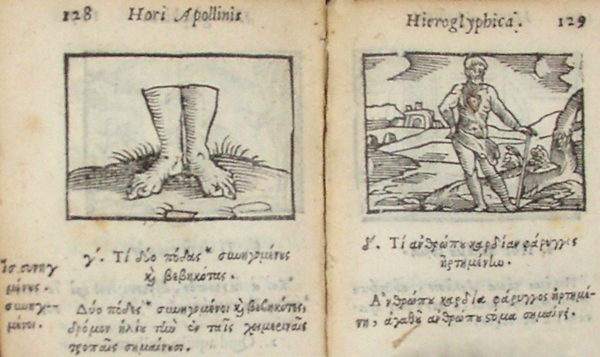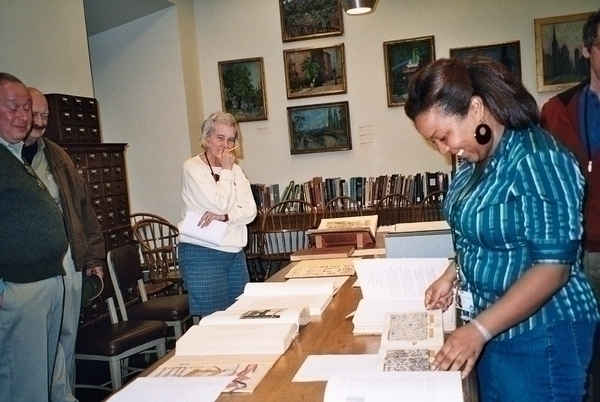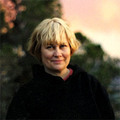What is a book?

On April 5th we had our second talk in a series of discussions to commemorate the 185th anniversary of the founding of the Library. The well attended talk – entitled What is a book? – was given by Andy Birsh and Davin Kuntze, from Woodside Press, who spoke about the elements of the book format. Their presentation focused on typography, papers, and bindings in use before and since the days of Gutenberg. Mr. Birsh is the proprietor of Woodside Press in the Brooklyn Navy Yard, one of the largest fine letterpress printing studios in New York. Mr. Kuntze is a trained bookbinder, printer, and graphic designer who lives in Crown Heights.
As always, it was a great pleasure to listen and think about the history of books and to see some books that are great examples of papermaking, printing and binding. Books on view included books on papermaking and specimen books with paper samples and facsimiles of codices such as the Codex Mendoza, the Mexican manuscript. The following is part of the catalog entry for this remarkable book published in London in 1938:
“The Mendoza codex is a Mexican pictographic manuscript prepared on the authority of Don Antonio de Mendoza, the first viceroy of New Spain … A Spanish priest, familiar with the Nauatl … was employed by the viceroy to set down in Spanish the explanations of the glyphs as interpreted by the Mexicans themselves.” The facsimile includes the original pictographs in colors and the Spanish explanations.”
This codex facsimile is one of many in this collection that document the culture of Mexico.
Several truly rare books were out for the public to see such as Hori Apollinis selecta hieroglyphica (Rome, 1599). This emblem book (seen below) documents Horapollo’s attempt to decipher the Egyptian hieroglyphs and offers many woodcut images some of which are supposedly by Dürer. The book was recently on view in the Egypt Through Other Eyes exhibition organized by the Museum Library staff.

Other rarities on view included The First Book of Architecture by Andrea Palladio (London, 1721) and Specimens of plain and ornamental printing types, borders, ornaments, rules, &c. made at the type and electrotype foundry of James Conner & Sons (New York, 1859) A good example of an accordion binding was The Great Exhibition “wot is to be” : or probable results of the industry of all nations in the year ’51. Showing what is to be exhibited, who is to exhibit it; in short,how its [!] all going to be done (London, 1850). This book is a continuous, illustrated strip, folded accordion style.
We also had a few artists’ books out that are exquisite examples of printing such as the Peter Kruty edition of The Diary of a Madman by Nikolai Gogol (Summer Gardens Editions, 1998) with art by Mikhail Magaril. Peter Kruty’s letterpress studio is in Brooklyn and he worked with a team to produce this great example of letterpress and fine binding. The book was included in the Artists Book exhibition here back in 2000. Another artist’s book that was included in the Artists Book exhibition here and on view for our talk is The Corona Palimpsest (1996) made by Nora Ligorano and Marshall Reese.
I could go on and on about all of the great books we had out on view … if you want a full list of what we all looked at send an email and we will be happy to send the list to you.

Keonna Hendrick, Education Intern for Library Outreach, enjoys looking at one of the many rare books we had
out for the public to see.
National Library Week having just ended, it seems opportune to bring up a topic that was discussed during the talk which centered on the future of the book and the challenges presented by the Internet. There seems to be a notion in the air that “all of this will be digitized” if it hasn’t been already and that we will not need libraries. Perhaps it is so much easier to click at your computer instead of getting up and opening a book. But what a pleasure that is! Touching the paper, seeing images that in many instances are engravings or are hand colored, feeling the binding. I realize I am speaking from the perspective of a research librarian surrounded by books that have a true intrinsic value. As in most art libraries, we have many books filled with tons of images – engravings, photographs, textile and paper samples etc – that have an incredible tactile quality to them. I don’t look forward to the day when I have to climb into bed with a computer instead of a book. I know I am not the only one who feels that we need to speak up for the book as a physical entity and would really like to begin a discussion here about this issue. As far as I can see here in Brooklyn there are two camps of thinking: the book lover who speaks for the beauty of the physical book and the Internet lover who wants everything online and available in a very immediate way. Which camp are you in? Can the wishes of the two camps converge so that we can have everything – the book and the digital version?

Deirdre Lawrence has been the Principal Librarian at the Brooklyn Museum since late 1983. Before coming to the Brooklyn Museum, she was Associate Librarian at the Museum of Fine Arts in Boston. She received her M. L. S. from Pratt Institute in 1979 and has studied art history on the graduate level. At the Brooklyn Museum she has established the Museum Archives and implemented many projects to preserve and make accessible the research collections. Deirdre has overseen a major renovation project, implementation of an online catalog and several collaborative projects with other libraries. She has written articles on the collections and lectured frequently on the research collections held in the Libraries and Archives as well as Brooklyn Museum history. Deirdre has curated several exhibitions at the Brooklyn Museum and elsewhere. She is a visiting professor at Pratt’s School of Information and Library Science and serves as a board member at the Center for Book Arts in New York.
